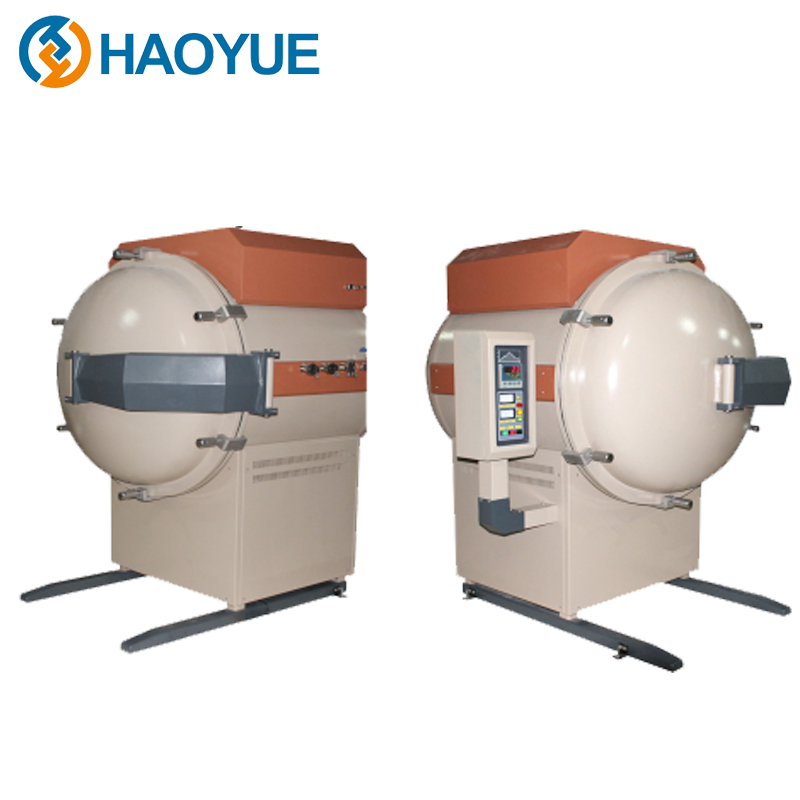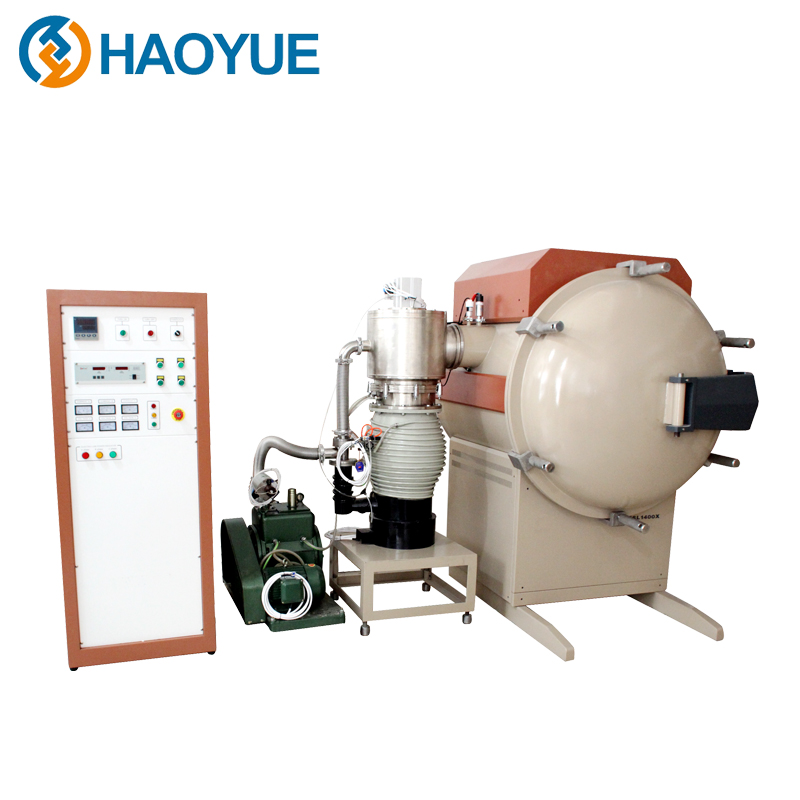- Automobiles & Motorcycles
- Beauty & Personal Care
- Business Services
- Chemicals
- Construction & Real Estate
- Consumer Electronics
- Electrical Equipment & Supplies
- Electronic Components & Supplies
- Energy
- Environment
- Excess Inventory
- Fashion Accessories
- Food & Beverage
- Furniture
- Gifts & Crafts
- Hardware
- Health & Medical
- Home & Garden
- Home Appliances
- Lights & Lighting
- Luggage, Bags & Cases
- Machinery
- Measurement & Analysis Instruments
- Mechanical Parts & Fabrication Services
- Minerals & Metallurgy
- Office & School Supplies
- Packaging & Printing
- Rubber & Plastics
- Security & Protection
- Service Equipment
- Shoes & Accessories
- Sports & Entertainment
- Telecommunications
- Textiles & Leather Products
- Timepieces, Jewelry, Eyewear
- Tools
- Toys & Hobbies
- Transportation
Unlocking the Potential of Metal 3D Printing with Hydrogen Sintering Furnaces
The world of manufacturing and metalworking is constantly evolving, and one of the most exciting advancements in recent years is metal 3D printing. Metal 3D printing allows for the creation of intricate, complex, and customized metal parts. However, to achieve the highest quality and performance, a crucial step in the process involves sintering the printed metal. Enter hydrogen sintering furnaces, a cutting-edge technology that is unlocking the full potential of metal 3D printing.
The Power of Metal 3D Printing
Metal 3D printing, also known as additive manufacturing, has gained immense popularity for its ability to create complex metal components with incredible precision. This technology is used in various industries, from aerospace and automotive to healthcare and beyond. However, for these printed metal parts to reach their full potential, they must go through a process called sintering.
The Role of Sintering
Sintering is the process of heating the printed metal part to a temperature just below its melting point. During this phase, the metal particles within the part fuse together, removing any remaining porosity and increasing the part's density. This is crucial for achieving the desired mechanical properties and structural integrity.
Hydrogen Sintering Furnaces: A Game-Changer
Hydrogen sintering furnaces are transforming the sintering process. They operate by using a hydrogen atmosphere, which offers several key advantages:
Clean and Environmentally Friendly: Hydrogen is a clean gas that does not introduce impurities into the sintering process. This makes it ideal for high-quality metal parts and aligns with environmental sustainability goals.
Improved Sintering Quality: The use of hydrogen results in a more efficient sintering process. It reduces the oxidation of metals, ensuring a higher level of purity in the final part.
When to Use pipe polishing machine
Exploring the 19 Inch Rack Standard: Guide
Mastering the Cold Feed Rubber Extruder Process
How does a wheat grinding machine work?
Revolutionizing Agricultural Waste Management: Soybean Straw Briquetting Machine. Why is this technology a game changer?
Revolutionizing Enclosures with Aluminum Sheet Metal: Why?
Who is owner of Mastek?
Better Material Properties: Hydrogen sintering furnaces help achieve superior mechanical and thermal properties in the sintered metal parts. This is particularly important in industries like aerospace and healthcare, where precision and reliability are critical.
Reduced Energy Consumption: Hydrogen sintering furnaces can operate at lower temperatures, reducing energy consumption and costs compared to traditional sintering methods.
Applications in Metal 3D Printing
The application of hydrogen sintering furnaces is broad and spans across various industries. Here are some examples of how they are unlocking the potential of metal 3D printing:
Aerospace: Hydrogen sintering is essential for creating lightweight, high-strength components for aircraft and spacecraft, improving fuel efficiency and performance.
Medical Devices: The precision and cleanliness of hydrogen sintering make it ideal for manufacturing medical implants and surgical instruments with tight tolerances.
Automotive: Metal 3D printing with hydrogen sintering is used to produce custom parts for high-performance vehicles, enhancing their durability and efficiency.
Tool and Die Manufacturing: The technology is employed to create intricate, wear-resistant tooling for manufacturing processes, extending tool life and reducing downtime.
Hydrogen sintering furnaces are a game-changer for metal 3D printing, pushing the boundaries of what's possible in manufacturing. With their ability to improve sintering quality, material properties, and energy efficiency, they are unlocking the full potential of this revolutionary technology. As the industry continues to innovate and refine the process, we can expect to see even more remarkable advancements in the world of metal 3D printing.
How do I choose a commercial water heater?
Maximize Efficiency with Top Feed Grinding Equipment!
Maximize Efficiency with Cow Dung Briquetting Machine
Ultimate Guide to Shielded Plug-In Unit Subracks: Everything You Need to Know
What is the life expectancy of a strapping machine?
Ultimate Guide to Diesel Steam Generator: Efficiency, Benefits & Maintenance Tips
What are the steps in feed processing?
Related Articles
If you are interested in sending in a Guest Blogger Submission,welcome to write for us!














Comments
0